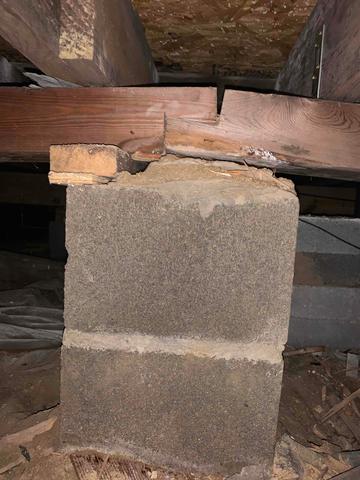
Breaking Beam
The beam in this crawl space has a block wedged under it to shim it up as the foundation settled over the years. The stress from the weight of the house on this beam has caused it to begin to split.
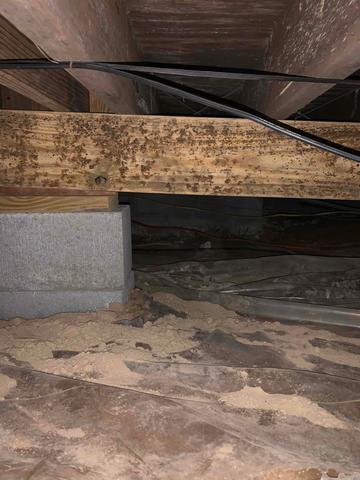
Mold and Mildew
Mold and Mildew are growing on the beams and joists in the crawl space. This tells us that there is high relative humidity and as wood moisture content increases, wood rot occurs, and the beams become fragile.
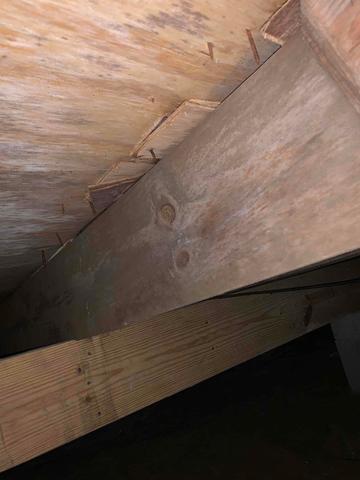
Subfloor and Joists
The subfloor and the joists are separating from one another. The joist has pulled away due to settling and the nails holding the subfloor to it are rusted from being exposed moisture in the crawl space.
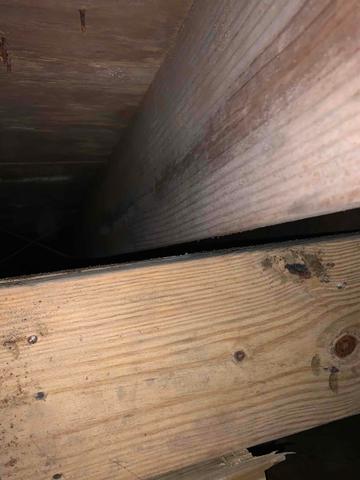
Settling Foundation
As the foundation settled, the beam in this crawl space went with it leaving a gap between the joist and the beam supporting it.

Moisture Infiltration
Moisture finds its way into a crawl space through foundation walls, open vents, and the ground. Water even seeps in under and through foundation walls. The moisture pulls minerals in the block wall to its surface leaving a white powdery substance called efflorescence. The moisture is absorbed the floor joists and as the humidity in the crawl space increases, so does the opportunity for mold growth.
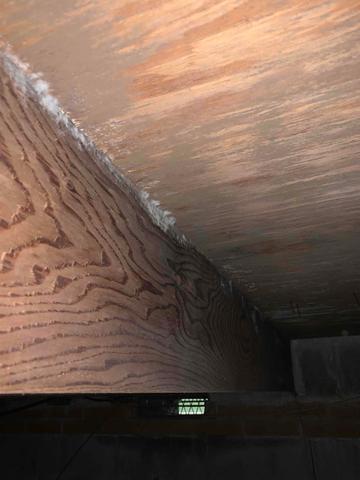
Microbial Growth
Mold and mildew only need high relative humidity and moderate temperatures to grow on organic materials. While mold can go dormant in dry, cold months, when the temperatures and humidity return, so does the mold.
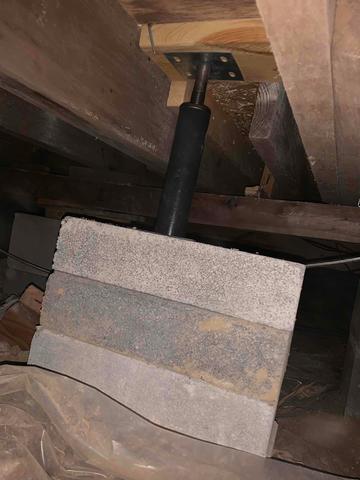
Foundation Supports
In some places, we found that there had been previous attempts to stabilize and support the foundation, though this jack is only supporting the plywood directly above which will be a problem when the rest of the joists settle around it. However, using concrete blocks as a base is not as effective as a proper concrete footer, because it could potentially settle just like the foundation piers and walls. A proper concrete footer is installed several feet deep to a more solid plane to ensure long term stabilization and support.


